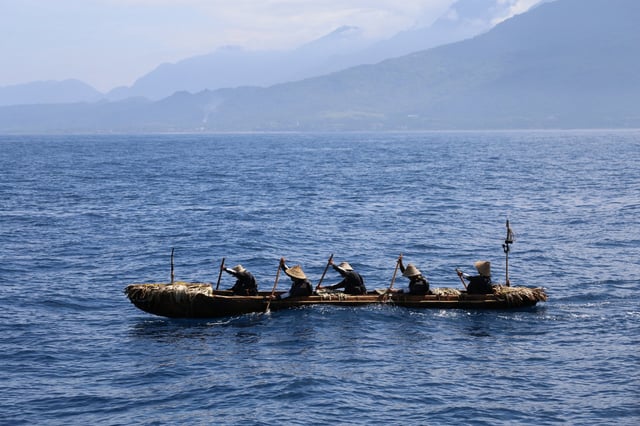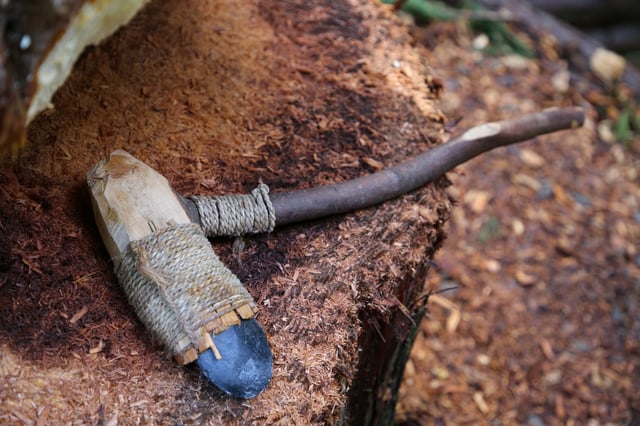Overview
- Two papers published in Science Advances combine hands-on canoe construction with numerical ocean models to test Paleolithic seafaring across the East China Sea
- In 2019, the team carved a 7.5-meter dugout canoe named Sugime from a single Japanese cedar using replica stone tools and paddled it for over 45 hours
- Early tests with reed-bundle and bamboo rafts proved too slow and fragile to overcome the powerful Kuroshio Current
- Simulations showed that departing from northern Taiwan and steering slightly southeast significantly improved the odds of a successful crossing
- Navigating solely by sun, stars, swells and instinct, the experiment underscores advanced strategic seafaring skills of early modern humans despite an impractical return voyage without maps



